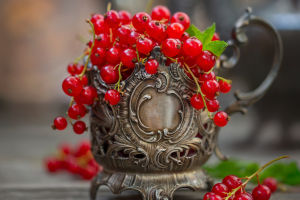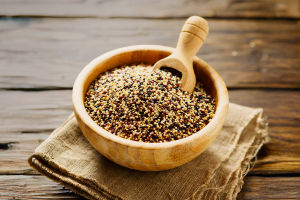Hey Lykkers! Have you ever wondered what makes mushrooms so fascinating? Have you ever looked at a mushroom and thought, “What’s really inside that little cap?” Whether you’re a fan of mushrooms or just curious, this article is for you!
Today, we’re diving deep into the world of mushrooms – from their types to the way we can safely forage for them. Let’s get started!
What Are Mushrooms?
Mushrooms are not your average vegetable. In fact, they’re not even considered plants anymore! Surprising, right? Mushrooms belong to a group called fungi and grow as fruiting bodies.
This means they produce spores (similar to seeds) and pop up from underground fungal threads that spread out through the soil or wood. You might spot them in forests, on trees, or even in your backyard.
Mushrooms are often round with a short stem, and some types are not only edible but also packed with nutrients! They have a true nucleus in their cells, which makes them a bit different from the average plant. Did you know that mushrooms don’t have chlorophyll like plants do? This is one of the reasons they’re no longer classified as plants but are instead placed in the fungi kingdom.
Health Benefits of Mushrooms
Mushrooms are powerhouses when it comes to nutrition! They’re incredibly low in calories, cholesterol-free, and completely fat-free. Plus, they’re packed with fiber, minerals, and essential vitamins. Whether you’re eating them for their delicious flavor or the health benefits, mushrooms should definitely be a part of your diet.
Different types of mushrooms come with their own unique benefits. For example, they can help lower cholesterol, boost the immune system, and even fight certain diseases. Keep reading to learn more about the various types of mushrooms!
Popular Types of Mushrooms
There are many types of mushrooms, each offering its own flavor and health benefits. Here are some of the most common ones:
1. Shiitake Mushrooms – These delicious mushrooms are well-known for their unique taste and are often used in Asian dishes. Studies have shown that Shiitake mushrooms have anti-cancer properties, help lower cholesterol, and fight viruses.
2. Enoki Mushrooms – With a mild and delicate flavor, Enoki mushrooms are often used in soups and salads. They are packed with antioxidants and can help in the fight against cancer.
3. Jelly Mushrooms (Tremella) – Also known as “ear fungi,” these mushrooms are edible and can be used in various dishes. They’re often found in warm, damp environments and are known for their jelly-like texture.
Foraging for Wild Mushrooms
If you love the idea of picking your own mushrooms, be sure to approach wild foraging with care! Not all mushrooms are safe to eat, and some can even be deadly. Here are some tips for safely collecting wild mushrooms:
Identify the mushroom properly – Before picking any wild mushroom, make sure you can positively identify it. Only pick edible mushrooms that you are sure are safe to eat.
Avoid raw mushrooms – Many mushrooms are not safe to eat raw. Always cook them properly to avoid potential toxins.
Pick fresh mushrooms – Always look for mushrooms that are in good condition, without any damage.
Start small – If you’re trying a new mushroom, start with a small amount to see how your body reacts.
Keep a sample – If you’re harvesting a type of mushroom you’re unfamiliar with, keep a sample for reference in case you need to seek medical advice.
Final Thoughts
Mushrooms are truly a fascinating part of nature! From their nutritional benefits to their variety of flavors, they’re an easy and healthy addition to your meals. Just remember to always be cautious when foraging for wild mushrooms and never eat anything unless you’re absolutely sure it’s safe.
So, next time you’re at the grocery store, think about all the wonderful mushroom varieties you can add to your dishes. Your taste buds and your body will thank you!
Thanks for reading, Lykkers!
The Mind-Blowing Benefits of 4 Mushrooms
Video By "Dr. Eric Berg DC"


